Air traffic controller suspended after planes almost collide at Mumbai Airport
Aerotime
JUNE 10, 2024
[link] pic.twitter.com/O1ccRpJn39 — Flightradar24 (@flightradar24) June 9, 2024 An IndiGo spokesperson told the Times of India that the IndiGo flight from Indore was given a landing clearance by the air traffic control tower.


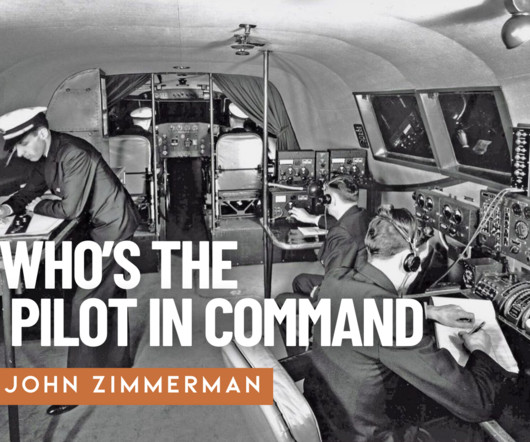
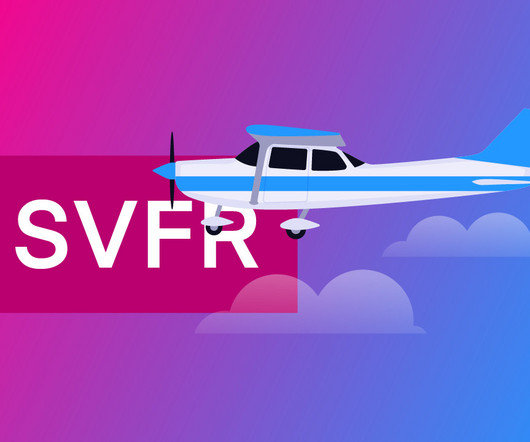
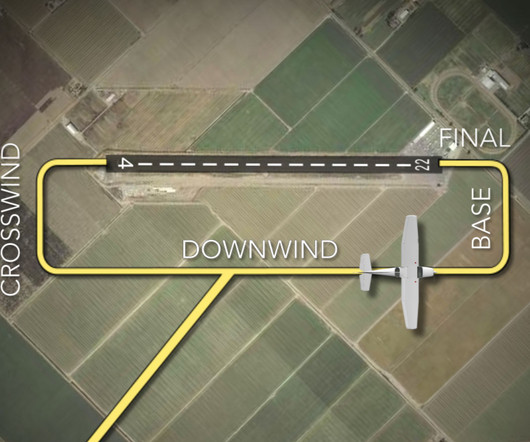
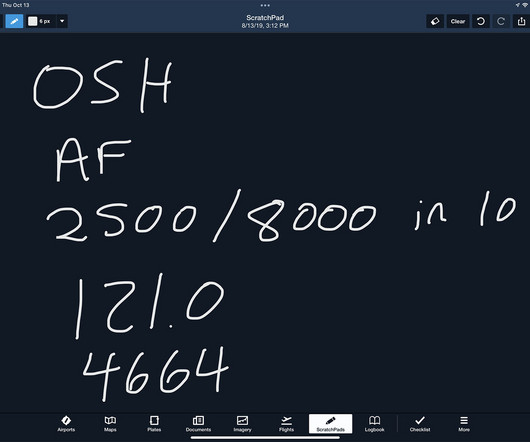
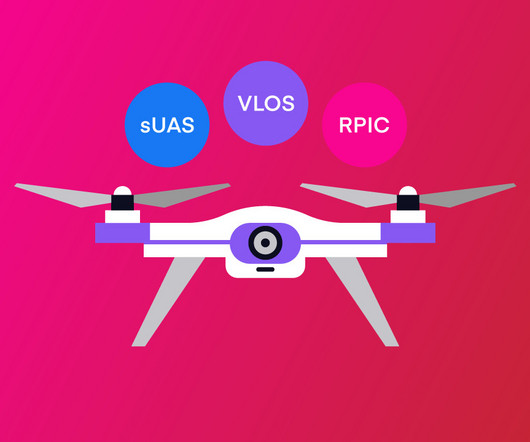


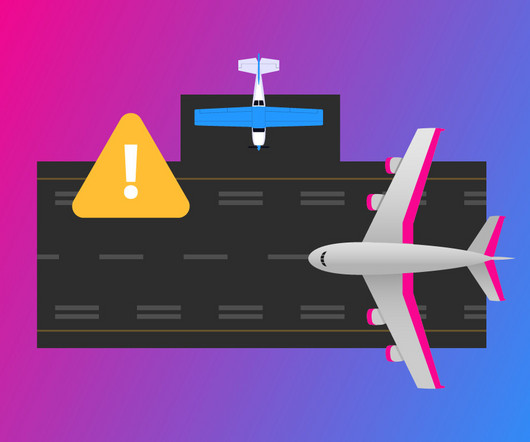

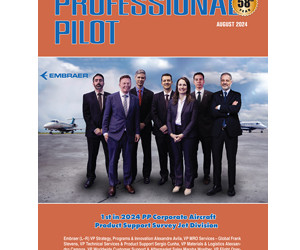
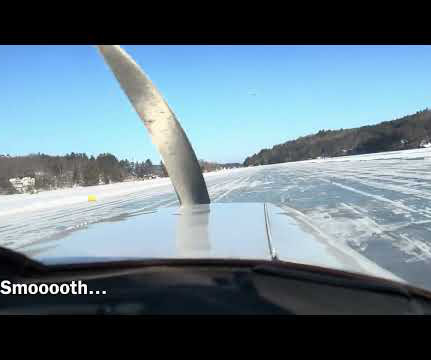
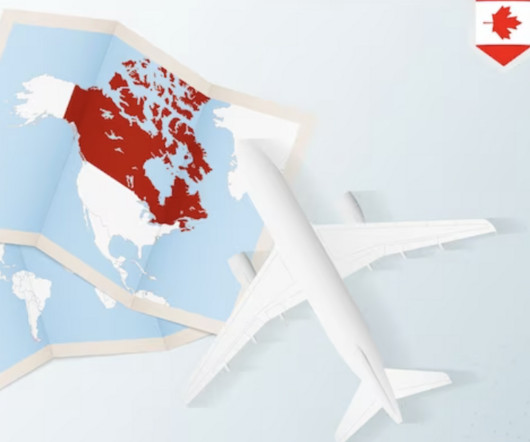






Let's personalize your content